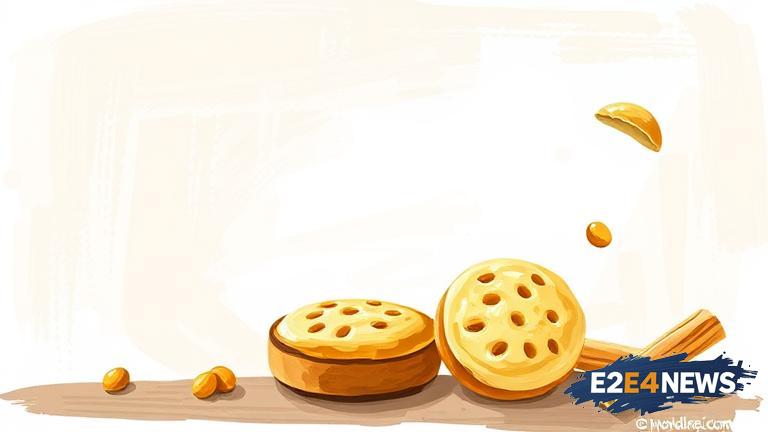The snack industry is constantly evolving, with new trends and innovations emerging in bakery and snack R&D. Consumers are driving this change, seeking out healthier, more sustainable, and unique products that cater to their diverse tastes and preferences. One of the key trends in snack R&D is the use of alternative proteins, such as plant-based and insect-based proteins, which offer a more sustainable and environmentally-friendly option. Another trend is the development of low-carb and low-sugar snacks, which cater to the growing demand for healthier snack options. The use of ancient grains, such as quinoa and Kamut, is also on the rise, providing a nutritious and wholesome alternative to traditional grains. In addition, the snack industry is seeing a surge in demand for international and exotic flavors, such as Korean chili flakes and Indian spices, which add a unique and exciting twist to traditional snack products. Furthermore, the trend towards clean labeling and minimal processing is gaining momentum, with consumers seeking out products with fewer and more natural ingredients. The rise of e-commerce and online shopping has also changed the way snacks are marketed and sold, with many companies turning to social media and influencer marketing to reach their target audience. As a result, snack companies are having to adapt and innovate to stay ahead of the competition, investing in new technologies and manufacturing processes to improve efficiency and reduce waste. The use of artificial intelligence and machine learning is also becoming more prevalent in snack R&D, enabling companies to analyze consumer data and preferences, and develop products that meet their specific needs. Moreover, the snack industry is under increasing pressure to reduce its environmental impact, with many companies committing to sustainable packaging and sourcing practices. The development of compostable and biodegradable packaging is one area of focus, as well as the use of renewable energy sources and reducing water usage in manufacturing processes. Despite these challenges, the snack industry remains a vibrant and dynamic sector, with many opportunities for innovation and growth. As consumer preferences continue to evolve, snack companies will need to stay agile and responsive, developing new products and technologies that meet the changing needs of the market. In conclusion, the snack industry is an exciting and rapidly evolving sector, driven by consumer demand for healthier, more sustainable, and unique products. With the rise of new trends and innovations in bakery and snack R&D, the future of the snack industry looks bright, with many opportunities for growth and development. The key to success will be for snack companies to stay ahead of the curve, investing in new technologies and manufacturing processes, and developing products that meet the changing needs of consumers. By doing so, they can capitalize on the latest trends and innovations, and remain competitive in a rapidly changing market.
